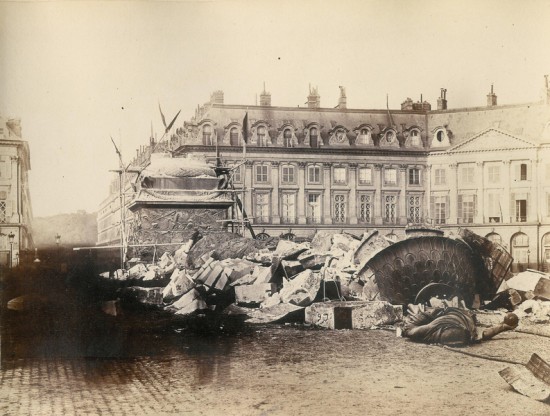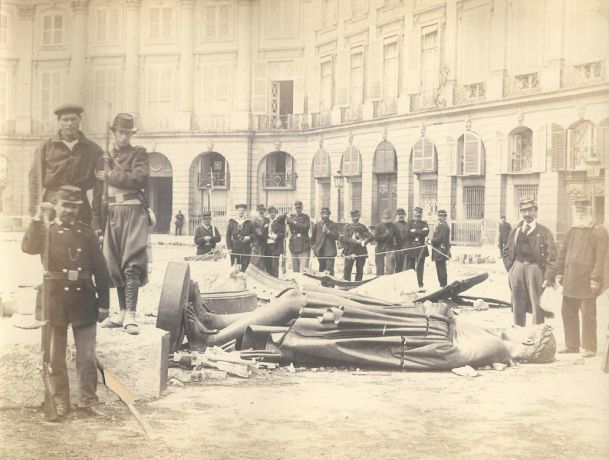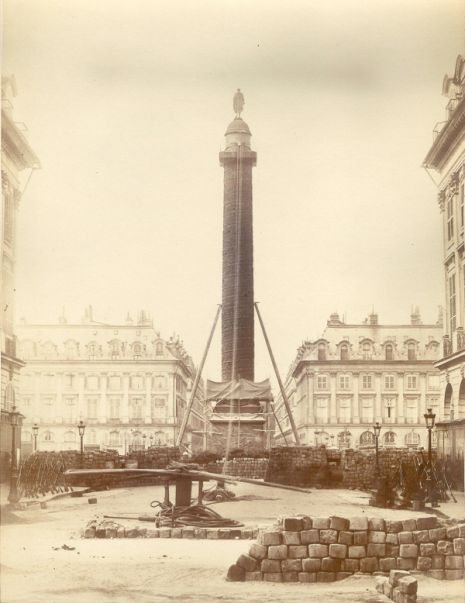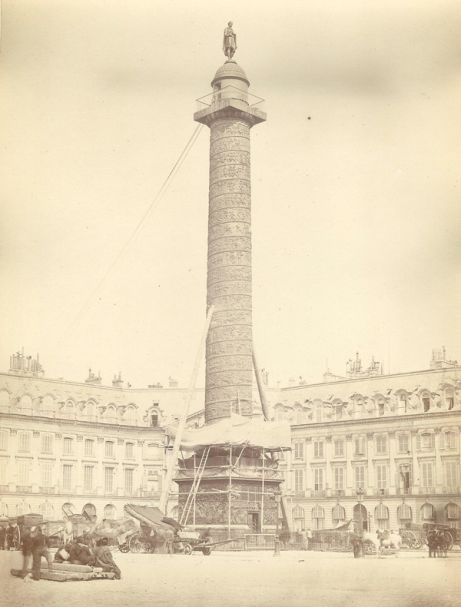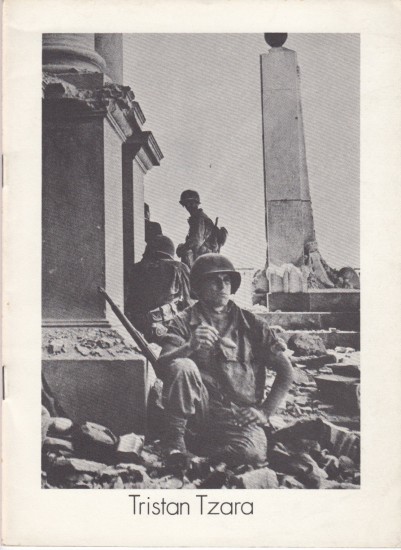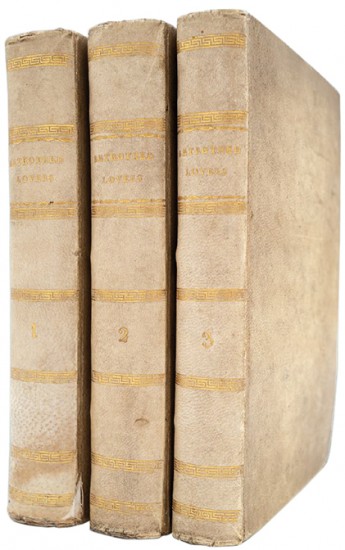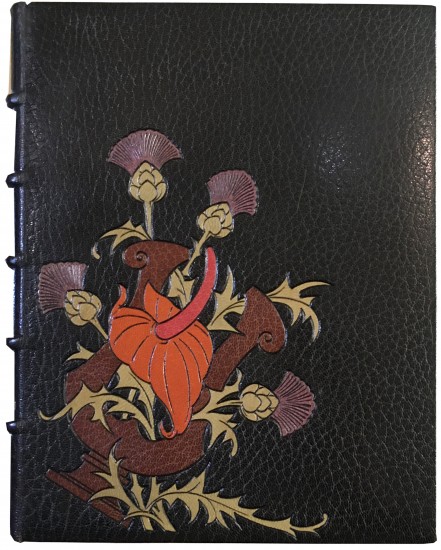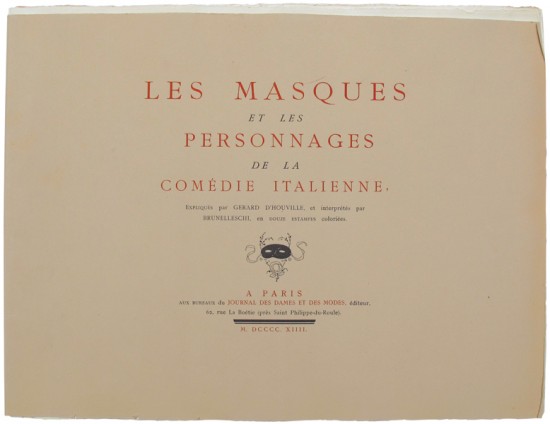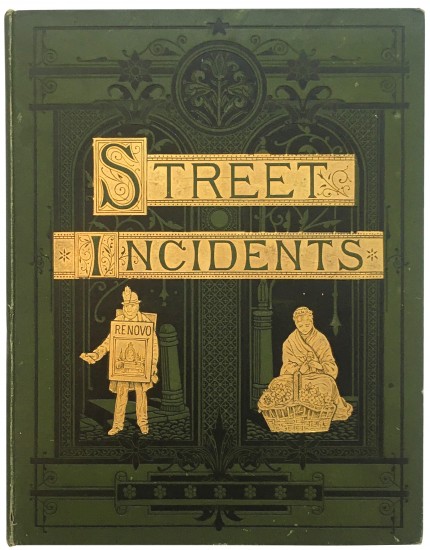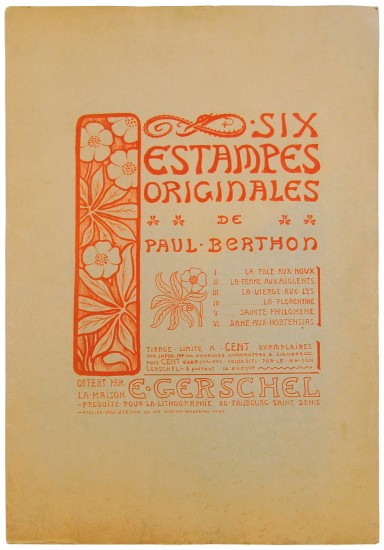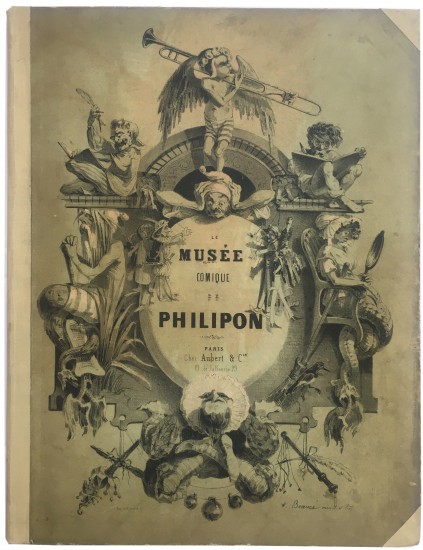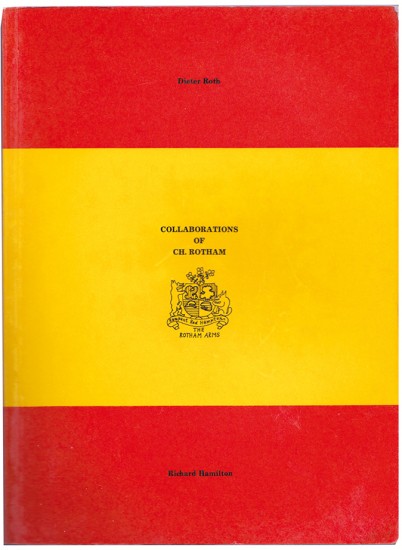Siège de Paris. 1870 - 1871
Braquehais, Bruno Auguste
Paris. 1871 circa
Sold
A rare collection of Braquehais' photographs of Paris in the aftermath of the Prussian siege and during the Commune.
Bruno Braquehais (1823 - 1875), one of the very few photographers still active in Paris during the Franco-Prussian War and the ensuing Commune, depicts a Paris very different to the city recognisable today. Bombarded by the Prussians in the last months of 1870 and January 1871 before the establishment of the revolutionary Commune, the city was further disfigured by the efforts of the French government to retake Paris as well as by the Communards in their own efforts to forestall the recapture. Braquehais, together with his equipment, was present during the whole episode and his photographs capture the scenario: the barricades, the gun emplacements, the Colonne Vendôme in situ and dismantled, the Communards themselves and the destruction wrought on the Tuileries, the Ministry of Finance, the Hôtel de Ville and other buildings. The destruction, so horrific to behold, does however seem in some sense fitting to events of such historical importance: the final coherence of Germany as an individual entity and the final metamorphosis of France into a republic.
Braquehais' photographs present a pictorial record of apparent clarity and objectivity and have been credited as some of the earliest examples of photojournalism. Although it has been suggested that Braquehais was himself pro-Communard, the evidence from his images is equivocal and he does not display the propagandistic anti-Communard sympathies of several of his fellow photographers, one of whom (Eugene Appert) went to the extent of photographing staged tableaux before adding the portraits of Communard sympathisers in a photo-montage. In the aftermath of the Commune, photography was used by the government to demonise the Commune and by the Commune as self-justification; in this context, Braquehais' photographs seem almost neutral: documentation of an historic, albeit horrific, period.
The address of Braquehais' studio given on the title ('11, Boulevard des Italiens') is the address of his final atelier; he had been in residence since 1860.
'Remarqué à l'Exposition universelle de 1867, c'est la Commune qui le rend célébre, notamment ses photographies de communards ou de la chute de la colonne de Vendôme.' (François Boisjoly, Répertoire des Photographes Parisiens du XIXe Siècle).
The plates are captioned as follows:
1. Grande barricade de la Rue Castiglione
2. Place Vendôme, barricade de la Rue de la Paix
3. Place Vendôme
4. Colonne Vendôme
5. Appareils d'abattage de la Colonne Vendôme
6. Colonne Vendôme renversée
7. Statue de Napoléon 1er, après la Chute de la Colonne Vendôme
8. Porte Maillot, partie de la Grande batterie de gauche (14 Mai, 1871, 5h. 1/2 du matin, sous le feu du Mont Valérien)
9. Porte Maillot et Chapelle St. Ferdinand
10. Gare d'Auteuil
11. Rue Royale, Vue prise des marches de la Madeleine
12. Ministère des Finances, avant la chute du dernier pignon
13. Façade des Tuileries, Coté du Jardin
14. Tuileries, Pavillon de Flore
15. Intérieur des Tuileries
16. Intérieur des Tuileries
17. Palais de la Légion d'Honneur
18. Cour de la Caisse [des Dépôts et] Consignations
19. Rue de Lille
20. Carrefour de la Croix rouge
21. Palais de Justice, Cour de Cassation
22. Rue Rivoli, angle de la rue Saint Martin
23. Barricade du Quai Pelletier et du Pont d'Arcole (Hôtel de Ville)
24. Hôtel de Ville
25. Théâtre de la Porte Saint Martin
Bruno Braquehais (1823 - 1875), one of the very few photographers still active in Paris during the Franco-Prussian War and the ensuing Commune, depicts a Paris very different to the city recognisable today. Bombarded by the Prussians in the last months of 1870 and January 1871 before the establishment of the revolutionary Commune, the city was further disfigured by the efforts of the French government to retake Paris as well as by the Communards in their own efforts to forestall the recapture. Braquehais, together with his equipment, was present during the whole episode and his photographs capture the scenario: the barricades, the gun emplacements, the Colonne Vendôme in situ and dismantled, the Communards themselves and the destruction wrought on the Tuileries, the Ministry of Finance, the Hôtel de Ville and other buildings. The destruction, so horrific to behold, does however seem in some sense fitting to events of such historical importance: the final coherence of Germany as an individual entity and the final metamorphosis of France into a republic.
Braquehais' photographs present a pictorial record of apparent clarity and objectivity and have been credited as some of the earliest examples of photojournalism. Although it has been suggested that Braquehais was himself pro-Communard, the evidence from his images is equivocal and he does not display the propagandistic anti-Communard sympathies of several of his fellow photographers, one of whom (Eugene Appert) went to the extent of photographing staged tableaux before adding the portraits of Communard sympathisers in a photo-montage. In the aftermath of the Commune, photography was used by the government to demonise the Commune and by the Commune as self-justification; in this context, Braquehais' photographs seem almost neutral: documentation of an historic, albeit horrific, period.
The address of Braquehais' studio given on the title ('11, Boulevard des Italiens') is the address of his final atelier; he had been in residence since 1860.
'Remarqué à l'Exposition universelle de 1867, c'est la Commune qui le rend célébre, notamment ses photographies de communards ou de la chute de la colonne de Vendôme.' (François Boisjoly, Répertoire des Photographes Parisiens du XIXe Siècle).
The plates are captioned as follows:
1. Grande barricade de la Rue Castiglione
2. Place Vendôme, barricade de la Rue de la Paix
3. Place Vendôme
4. Colonne Vendôme
5. Appareils d'abattage de la Colonne Vendôme
6. Colonne Vendôme renversée
7. Statue de Napoléon 1er, après la Chute de la Colonne Vendôme
8. Porte Maillot, partie de la Grande batterie de gauche (14 Mai, 1871, 5h. 1/2 du matin, sous le feu du Mont Valérien)
9. Porte Maillot et Chapelle St. Ferdinand
10. Gare d'Auteuil
11. Rue Royale, Vue prise des marches de la Madeleine
12. Ministère des Finances, avant la chute du dernier pignon
13. Façade des Tuileries, Coté du Jardin
14. Tuileries, Pavillon de Flore
15. Intérieur des Tuileries
16. Intérieur des Tuileries
17. Palais de la Légion d'Honneur
18. Cour de la Caisse [des Dépôts et] Consignations
19. Rue de Lille
20. Carrefour de la Croix rouge
21. Palais de Justice, Cour de Cassation
22. Rue Rivoli, angle de la rue Saint Martin
23. Barricade du Quai Pelletier et du Pont d'Arcole (Hôtel de Ville)
24. Hôtel de Ville
25. Théâtre de la Porte Saint Martin
Oblong 4to. (240 x 318 mm). Leaf with manuscript title: 'Album historique des Malheurs de Paris', photographer's credit: 'Photographié par B. Braquehais, 11, Boulevard des Italiens' and 12-line verse by Placide Couly and 25 albumen print photographs (each 160 x 212 mm, or the reverse), each mounted to larger sheet with manuscript captions lower left in black ink. Later full black cloth, section of original buckram with gilt title inlaid to upper board, black morocco title label with title gilt to spine.
#40753
